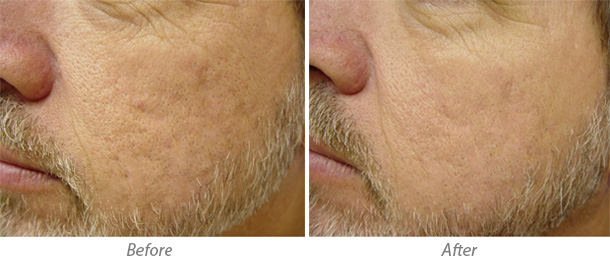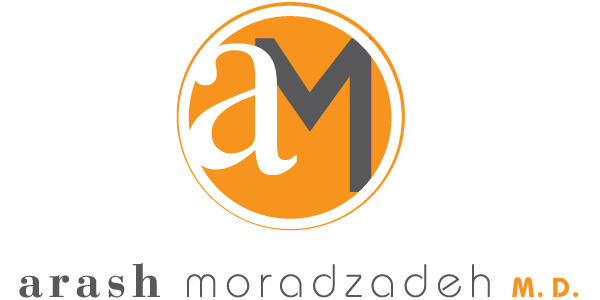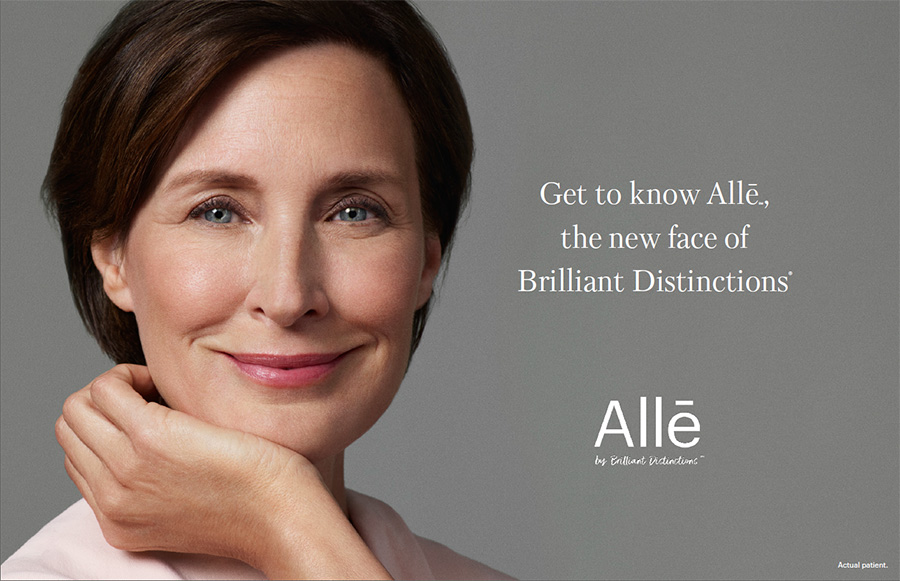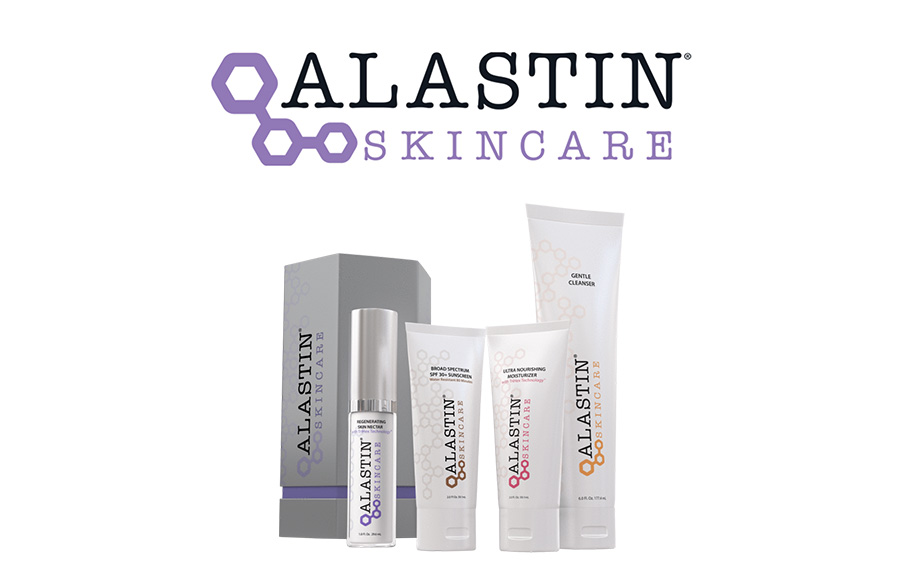Serving Beverly Hills, Los Angeles, Santa Barbara and surrounding areas
Acne is a skin condition that affects up to 80% of people in their teens and twenties, and up to 5% of older adults. While many people recover from acne without any permanent effects, some people are left with disfiguring acne scars. There are some topical skin care products and medications that can improve mild scarring, but most acne scars are treated with a combination of surgical procedures and skin resurfacing.

Treatments depend on how severe the scars are. In some cases, Dr. Moradzadeh may suggest a laser treatment, chemical peel or microdermabrasion to help improve the appearance of scarred areas.
Laser resurfacing – A laser is used to remove the damaged top layer of skin and tightens the middle layer, leaving skin smoother. This procedure can take anywhere from a few minutes to an hour. The doctor will use topical numbing cream to minimize discomfort. It usually takes between 3 and 10 days for the skin to heal completely.
Dermabrasion – This treatment uses a rotating wire brush or spinning diamond instrument to wear down the surface of the skin. As the skin heals, a new, smoother layer replaces the abraded skin. It may take a bit longer for skin to heal using dermabrasion — usually between 10 days and 3 weeks.
Fractional laser therapy – This type of treatment works on multiple layers of the skin. Because fractional laser therapy doesn’t wound the entire surface of the skin, the healing time is shorter. Mild redness will resolve over 4-7 days depending on the strength of the treatment.
Dermal fillers -Dermal fillers can be injected into acne scars to raise the surface of the skin and give the area a smoother look. This treatment does not permanently correct acne scars, so further injections are required.
Punch Excision -This method of surgically correcting acne scars is used on deep scars such as icepick and deep boxcar scars. This procedure uses a punch biopsy tool which is basically a round, sharp “cookie-cutter” tool that comes in a variety of diameters, which is matched to the size of the scar. Under local anesthesia the scar is excised with the punch tool and the skin edges are sutured together. The newly produced scar eventually fades and may not even be noticeable. If it is noticeable, it is more amenable to resurfacing techniques.
Subcutaneous Incision – During a subcutaneous incision treatment, a small needle is inserted parallel to the skin’s surface. The tool is used to cut bands of scar tissue that may have formed beneath the epidermis. These bands of tissue pull at the skin, creating an uneven or “wave-like” appearance. When these bands are cut, the tension is relieved and the skin immediately looks smoother and more even.
Dr. Moradzadeh is an expert in the management of acne scars. He will create a custom program which meets your specific skin needs. Frequently, patients will require a treatment plan with several modalities to achieve healthy looking skin with even tone and texture.


